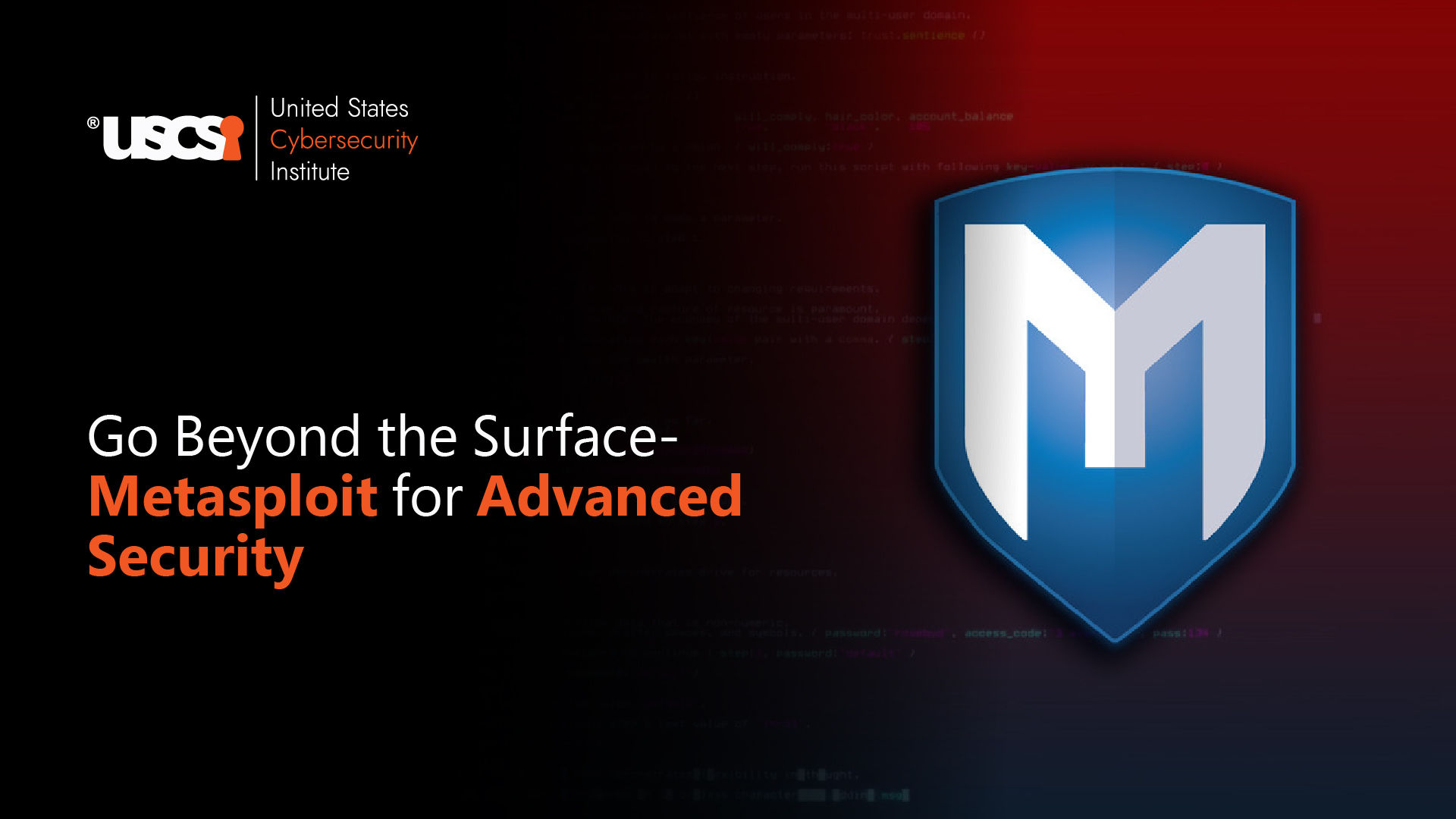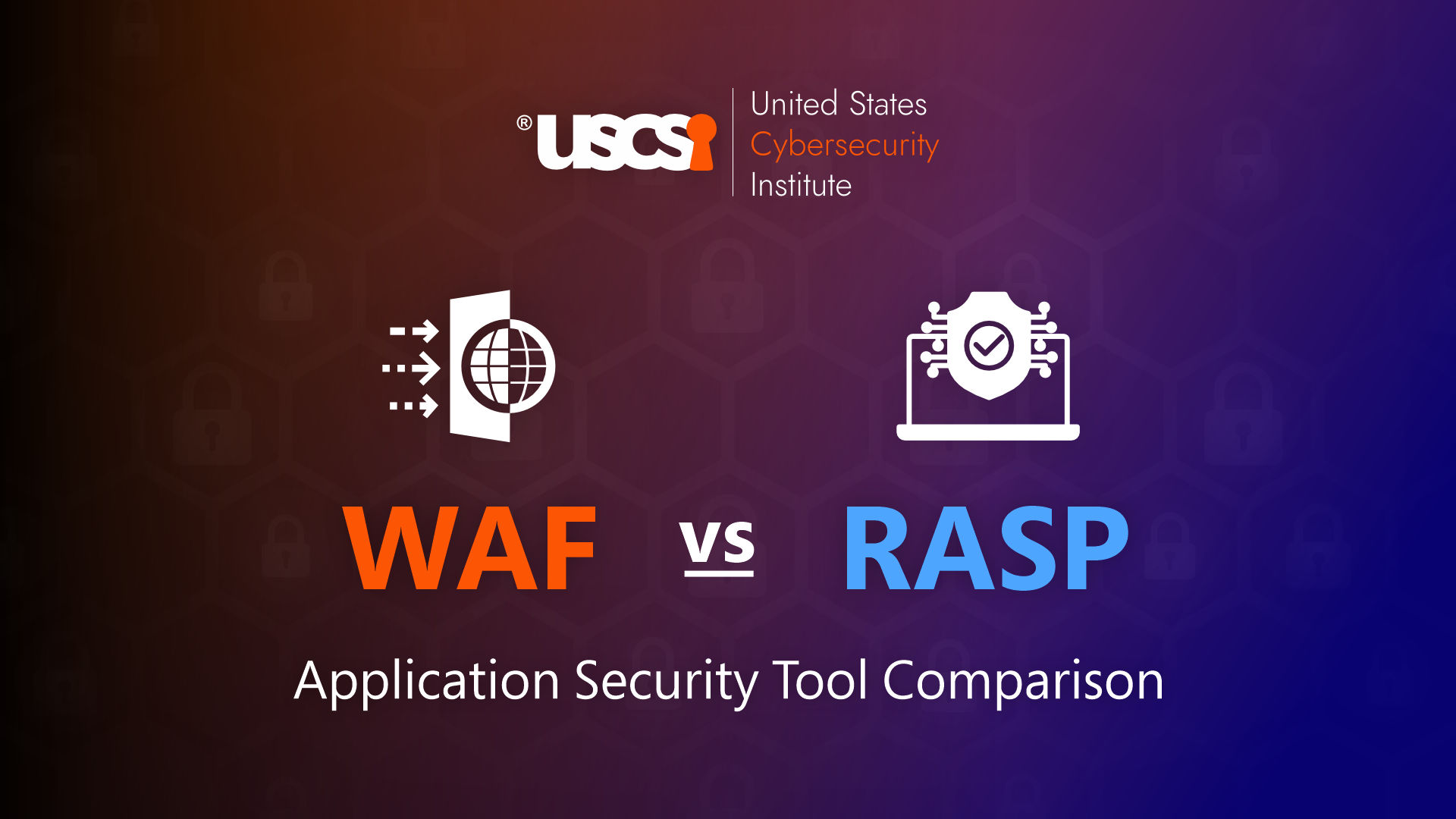

Metasploit – Unabashed Security, Exploits, and Framework Tools
The battleground of digital security is ever-evolving, and that is a given. However, certain tools over the years have achieved near-mythological status among security practitioners. Primary among them is Metasploit – a name that is whispered in cybersecurity corridors with equal parts reverence and equal parts caution at the same time. In this article, we take a closer look at this digital Swiss Army knife that causes network administrators to simultaneously reach out for it in times of need and yet fear it being used against their systems.
The World’s Favorite Digital Lockpick – A Closer Look
The Metasploit framework isn’t just a single tool. It’s an ecosystem. Metasploit is a living, breathing collection of code that is constantly being improved upon and serving both as a shield and a sword as and when needed. Metasploit was first developed by H.D. Moore in 2003 and has, since then, metamorphosed from being a modest utility tool to what many consider the definitive gold standard in penetration testing framework for network security professionals.
Let’s step one level deeper: At its core, Metasploit serves as an architectural framework for the development, testing, and execution of exploit code – the digital equivalent of specialized lockpicks designed for specific kinds of digital locks. Like a master locksmith who just doesn’t break into doors but understands the fundamental mechanics of each tumbler and pin within the lock, providing a solid structure in the otherwise chaotic world of penetration and vulnerability testing. To get a clearer picture of the sheer ubiquity of Metasploit, consider the fact that according to recent industry survey reports, a staggering 83% of cybersecurity professionals use Metasploit or similar frameworks at least once a month. And for good reason, too – the 2024 State of Penetration Testing Report reveals that organizations who regularly use penetration testing tools, and especially Metasploit, experienced 61% fewer successful breaches than those without standardized penetration testing protocols in place in their respective organizations.
The Symphony of Destructive Potential
We referenced a symphony here because that is exactly what Metasploit does. It orchestrates. Confused? The Metasploit framework is a modular ecosystem with several of its components interacting with each other with the precision of a Swiss mechanical watch. Each of these modules serves a distinct function, like a cellist or a violinist in a symphony, ultimately contributing to their unified purpose of creating a unified, desired outcome. The crucial components of this ecosystem are:
Exploits - Exploits are like the skeleton keys of the digital world, each designed to exploit specific vulnerabilities in the systems, applications, or protocols. At last count, Metasploit was shipped with 2,300 such exploits, more like a key factory than a key chain unto itself.
Payloads – Continuing with the lock-picking analogy, if exploits are the keys that get you into the target door within the network, payloads are what you send through once you gain entry. Payloads have an extremely wide and varied range of features – they could be something as simplistic as simple shell commands to sophisticated as VNC connections that provide complete control over compromised systems within the network- the sheer range of available payloads is nothing short of dumbfounding. Around 500-600 payloads were shipped with Metasploit as of last year. These payloads can range from command execution payloads, Meterpreter payloads, dynamic payloads, staged and non-staged payloads, programming language specific payloads, and Shell code generators.
Auxiliary Modules – Auxiliary modules shipped with Metasploit perform tasks that do not directly exploit vulnerabilities but instead support broader assessment efforts like port scanning, service enumeration, and fuzzing. Consider them the segue between two symphonies that fill in the gaps before the actual music begins.
Post-Exploitation Modules – Once a system falls, these are the modules that help maintain access, gather the necessary intelligence, or pivot to another system entirely. They help maintain the balance after the initial invasion.
This elegant architecture is the sole differentiator between the Metasploit framework and rudimentary hacking tools. While kids may look at it as a shiny new lunchbox, cybersecurity specialists see in it a framework for methodically addressing security challenges.
The Daily Reality – How Metasploit is Used
For legitimate professionals possessing superlative cybersecurity skills, Metasploit transcends its reputation as just another hacking tool. It’s a comprehensive security validation platform for them. A typical workflow looks mostly like this
- The security professional does a recon using Metasploit’s auxiliary modules, building a map of the possible threat surface scenario, quite like a map with red dots indicating existing possible vulnerabilities within the entire IT topology of the organization
- The second step is vulnerability identification: this is usually done through Metasploit’s inbuilt scanners or by importing results from dedicated scanning tools, and Metasploit is compatible with most of them in the market.
- What follows is a carefully selected exploitation phase. This includes targeting specific vulnerabilities with precisely chosen exploits from the previous phases while minimizing collateral impact within the existing IT ecosystem of the organization as much as possible.
- The final phase is the collection and analysis of the data gathered during the simulated scenario. This phase also includes verification, for example, “What vulnerabilities were found to be exploitable? What access levels were found to be breachable? What other data could be extracted?” The report that contains the answers to all these questions then becomes the foundation of the next wave of security enhancements and protocol improvements.
A Credible Testimonial
According to Mark Johnson of Cloudpeak Industries, “We run MetaSploit campaigns quarterly against our infrastructure. This is not for any regulatory compliance questionnaire check-box ticking. Metasploit does find new vulnerabilities in our systems every single time it goes up against our infrastructure. Last quarter’s campaign, for example, we found a vulnerable staging server that the development team had spun up for some reason. It was running unpatched Apache Server instances right within our IT framework without any of us realizing it! In our business, that is the equivalent of leaving your home with the front door not just unlocked but with a wide-open sign hanging that says VALUABLES INSIDE.”
Your Metasploit Journey
From your first download of Metasploit from Rapid7 to effectively utilizing it in professional contexts represents one of the steepest learning curves in cybersecurity. According to industry experts, it takes around 6-12 months of rigorous hands-on power usage to develop both the technical understanding but also the more profound judgement about when it is the right time to implement. Dr. Eliza Chen from Stanford, for example, has famously said, “Any kid can launch an exploit. The true skill, like in a battle, is knowing exactly which exploit to use, when to use it, and how to interpret the results.” This is where the need for qualified cybersecurity professionals emerges its head. According to the 2024 Penetration Testing Skills Gap Analysis, experienced Metasploit users identify an average of 43% more actionable vulnerabilities than novices running the same modules against identical systems.
Metasploit Mastery
In complete agreement with Dr. Chen, true expertise is needed to harness a powerful ecosystem like Metasploit to its full potential. Several pathways for learning and certifications exist, each with its specialized depth and focus. Cybersecurity certifications are the surefire way to gain an unfair advantage in this area. Not just because they verify technical proficiency but also because of practical exploitation skills with hands-on examination lab environments. So, why take the red pill? Let the numbers talk: Recruitment data from 12 job portals across the world in 2024 revealed that professionals with demonstrated Metasploit expertise commanded salary premiums of at least 18% or higher compared to their peers with similar experiences but, you guessed it, without Metasploit expertise. The path of learning and certifications in cybersecurity is continuous and an essential imperative for professionals. We all knew this even before we began our journey into this domain. So, why not head over to the Rapid7 site, download Metasploit, and enroll in a prestigious and renowned cybersecurity certification program right away? Get Certified. Get Credibility.




